Can You Change Lens While Film In Camera?
Photography, as an art form, has evolved significantly over the years, yet the charm of film photography remains undiminished. For many enthusiasts and professionals, the tactile experience of loading film, the anticipation of developing it, and the unique aesthetic it offers are irreplaceable. One common question that arises among film photographers is whether it's possible to change lenses while film is still in the camera. This article aims to address this query comprehensively, providing practical insights and tips for photographers.

Understanding the Basics
Before delving into the specifics, it's essential to understand the basic mechanics of film cameras. Unlike digital cameras, film cameras use a physical medium (film) to capture images. The film is sensitive to light, and exposure to light outside of controlled conditions can ruin it. This sensitivity is a crucial factor to consider when changing lenses.
The Mechanics of Lens Changing
Most film cameras, especially Single-Lens Reflex (SLR) cameras, are designed to allow lens changes without exposing the film to light. This is possible because of the camera's internal mechanisms, such as the mirror and shutter system, which protect the film during the lens change process.
SLR Cameras
In SLR cameras, the mirror reflects light coming through the lens up into the viewfinder. When you press the shutter button, the mirror flips up, the shutter opens, and light hits the film, creating an exposure. When the mirror is down, it acts as a barrier, preventing light from reaching the film. This design allows photographers to change lenses without exposing the film to light, as long as the camera is not in the middle of an exposure.
Rangefinder Cameras
Rangefinder cameras, on the other hand, do not have a mirror mechanism. Instead, they use a separate optical viewfinder for composition. While changing lenses on a rangefinder camera, the film is still protected by the shutter curtain, which remains closed until the moment of exposure. Therefore, changing lenses on a rangefinder camera is also safe for the film.
Practical Steps for Changing Lenses
While the mechanics of most film cameras protect the film during lens changes, following a few practical steps can ensure that the process is smooth and risk-free.
1. Turn Off the Camera: If your film camera has an electronic component, such as an autofocus system, it's a good practice to turn off the camera before changing lenses. This prevents any accidental triggering of the shutter.
2. Avoid Direct Sunlight: When changing lenses, try to avoid doing so in direct sunlight. Although the film is protected, minimizing exposure to bright light can reduce the risk of any accidental light leaks.
3. Handle with Care: Be gentle when removing and attaching lenses. Rough handling can damage the lens mount or the camera body, leading to potential light leaks or mechanical issues.
4. Keep the Camera Steady: Hold the camera steady and secure while changing lenses. This ensures that the internal mechanisms remain in place and the film stays protected.
5. Check the Shutter: Before changing the lens, ensure that the shutter is not cocked. This means that the camera is not in the middle of an exposure cycle, which could potentially expose the film to light.
Special Considerations for Medium and Large Format Cameras
Medium and large format cameras operate differently from 35mm SLR and rangefinder cameras. These cameras often use interchangeable film backs or holders, which can be removed and replaced without exposing the film. However, changing lenses on these cameras requires additional care.
Medium Format Cameras
Medium format cameras, such as the Hasselblad 500 series, use film backs that can be detached from the camera body. When changing lenses, ensure that the dark slide is inserted into the film back. The dark slide is a protective barrier that prevents light from reaching the film when the back is removed. Once the dark slide is in place, you can safely change the lens.
Large Format Cameras
Large format cameras use sheet film loaded into film holders. These holders have dark slides similar to medium format backs. When changing lenses, ensure that the dark slide is fully inserted into the film holder to protect the film from light exposure. Additionally, large format lenses are often mounted on lens boards, which can be swapped out without affecting the film.
Troubleshooting Common Issues
Despite taking precautions, photographers may occasionally encounter issues when changing lenses with film in the camera. Here are some common problems and their solutions:
1. Light Leaks: If you notice light leaks on your developed film, it could be due to improper handling during lens changes. Ensure that the camera body and lens mount are in good condition and that you follow the recommended steps for changing lenses.
2. Mechanical Malfunctions: If the camera's mirror or shutter mechanism becomes stuck or damaged, it can affect the film. Regular maintenance and careful handling can prevent such issues. If a problem arises, consult a professional camera technician.
3. Film Scratches: Rough handling of the camera or lens can lead to scratches on the film. Always handle your equipment with care and ensure that the film is properly loaded and advanced.
Changing lenses while film is in the camera is a common practice among film photographers. Understanding the mechanics of your camera and following practical steps can ensure that the process is safe and does not compromise the quality of your images. Whether you are using an SLR, rangefinder, medium format, or large format camera, the key is to handle your equipment with care and be mindful of the film's sensitivity to light.
By adhering to these guidelines, you can confidently change lenses and continue to explore the creative possibilities that film photography offers. The tactile experience, the anticipation of developing film, and the unique aesthetic qualities of film are all part of what makes this medium so special. Embrace the process, and let your creativity flourish.






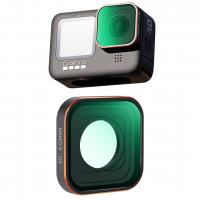

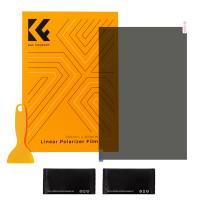
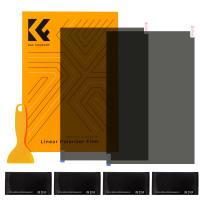




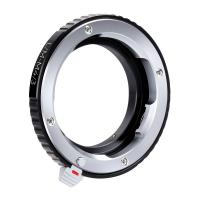
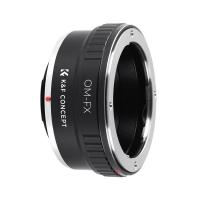
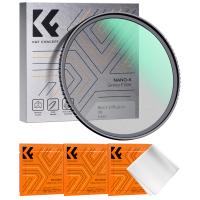


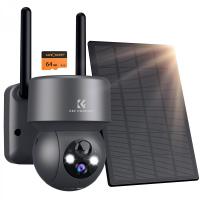
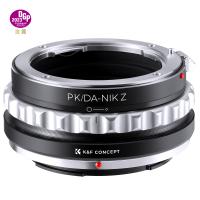
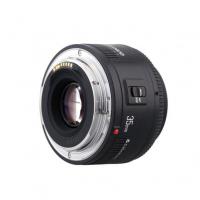



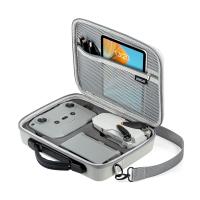

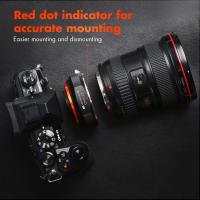

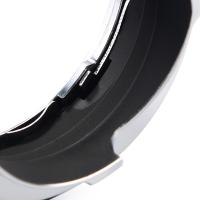



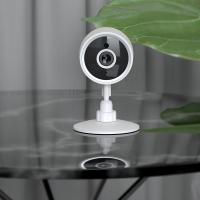




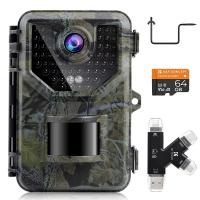


There are no comments for this blog.